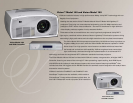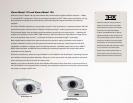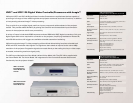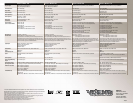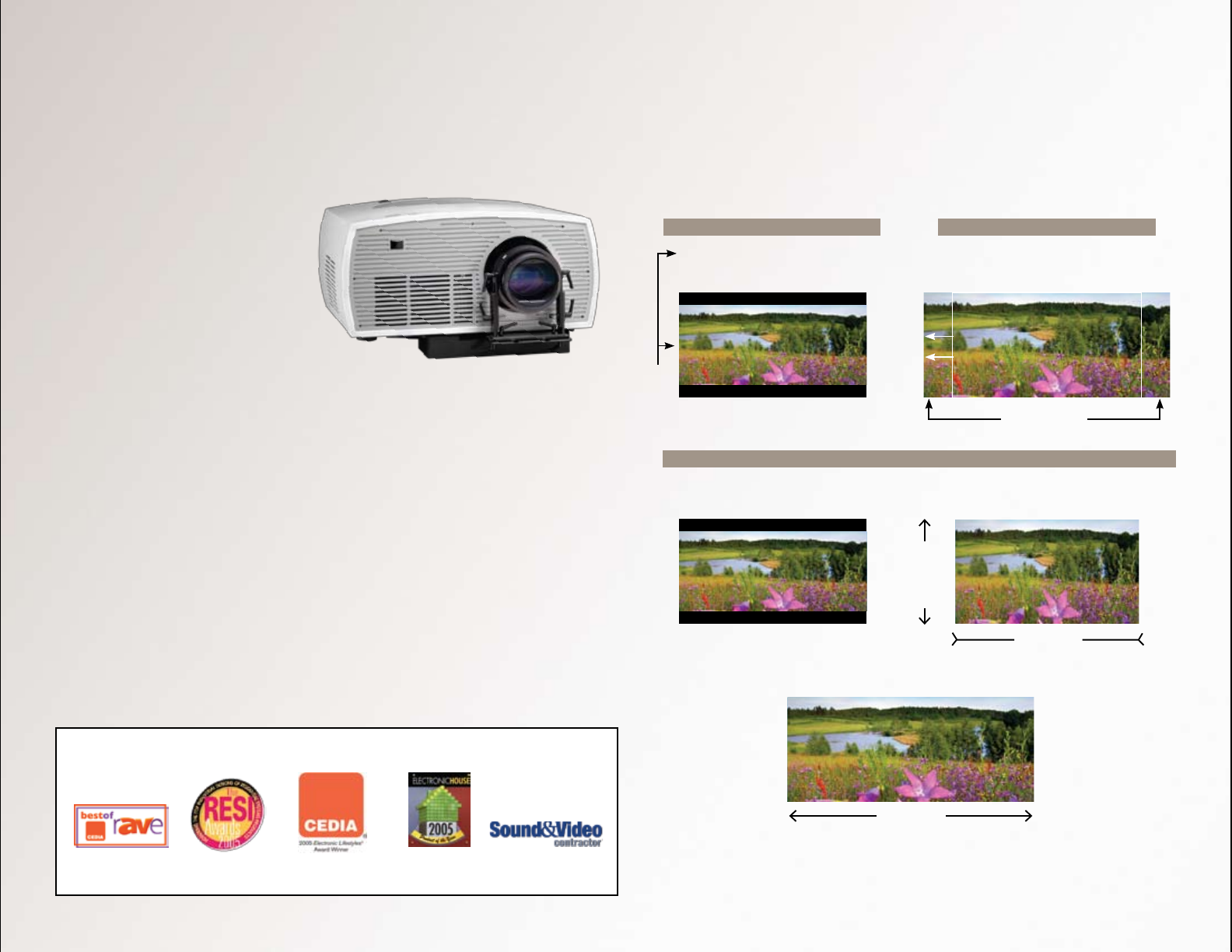
CineWide™ and CineWide with AutoScope™
GOING BEYOND HOME THEATER TO TRUE HOME CINEMA
CineWide and AutoScope technology is the talk of the industry.
These are among the awards and acknowledgements we have already received.
Overall Most
Creative New Product
Best Video Product Manufacturer’s
Excellence Award Best
New Product
Electronic House
Product of the Year
Best New Product
IMAGE AREA
A conventional 2.35:1 image displayed
on a 1.78:1 (16:9) screen.
16:9 IMAGE AREA
Constant vertical height and full resolution
are maintained. 100% of pixels are used.
Black Bars are eliminated.
Black bars = lost resolution
CineWide™ Technology
Conventional Method
2:35:1 image area
How it works:
The video processor anamorphically “stretches” the 2.35:1 image vertically
to completely fill the display’s imaging chips. This allows all pixels to be used.
2.35:1 Picture on a 16:9 imaging chip 16:9 Image Area
The anamorphic lens then “stretches” the image width to 2.35:1. Correct geometry is restored,
while 100% of the pixels are now used to maintain full resolution and eliminate black bars.
STRETCH
VERTICAL
STRETCH
REMOVES
BLACK BARS
SQUEEZED
APPEARANCE
CineWide requires the use of a 2.35:1 or similar aspect ratio superwide format screen.
Vidikron’s award winning CineWide™
and CineWide with AutoScope™
technology has created a revolution
in faithful movie reproduction,
transforming home theater into home
cinema.
This proprietary technology provides
uncompromised widescreen reproduction of movies
originally filmed in the CinemaScope™ 2.35:1 format. It maintains constant
vertical height on the screen just as in a movie theater. When a viewer transitions
from 1.78:1 (16:9) program material to superwide 2.35:1, the image simply gets
wider while full screen height is maintained, eliminating black bars.
This is done through an ingenious combination of software, electronics and
precision anamorphic optics. With the AutoScope option, the anamorphic lens is
motorized and remote controlled.
With CineWide the projection system is able to use the full pixel array on its
DMD™ imaging chips, thereby producing a 2.35:1 image with enhanced resolution
and increased brightness. No resolution or image area is lost to useless black bars
on the top and bottom of the screen that contain no picture information.




